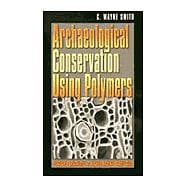This problem became particularly acute when members of the Texas A&M Nautical Archaeology Program were called on to conserve artifacts from La Belle, the sunken ship of La Salle excavated in the 1990s off the coast of Texas by the Texas Historical Commission. "Entombed in the mud that sealed it from decay for over three centuries, " C. Wayne Smith writes, "the waterlogged hull and hundreds of thousands of fragile artifacts, including brain matter in the skull of one unfortunate sailor, would have been a futile conservation effort without new preservation technologies."
Working with Dow Corning Corporation, Texas A&M








